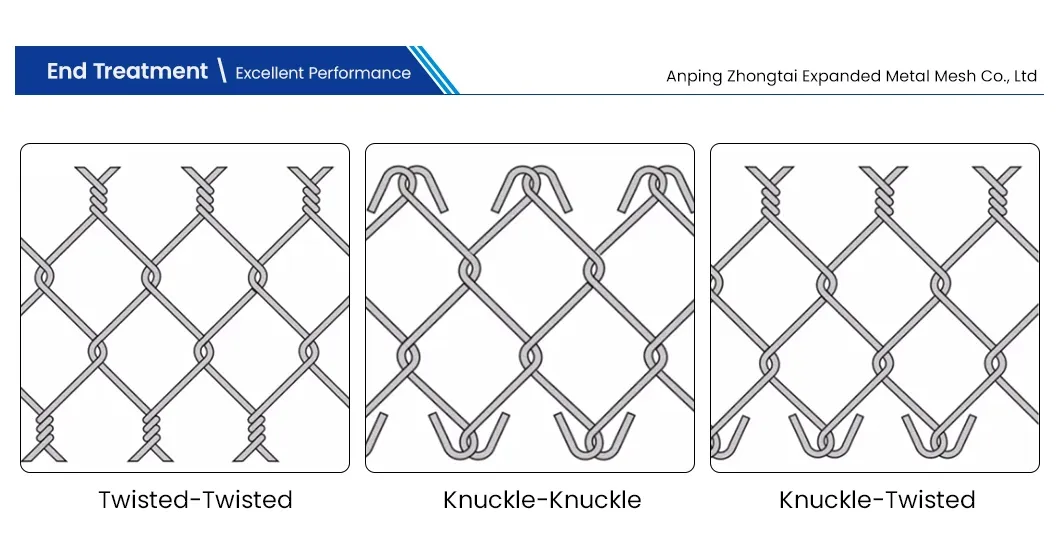The Importance of Construction Security Fencing
In the world of construction, securing the perimeter of a site is essential not only for protecting the materials and equipment but also for ensuring the safety of workers and the general public. Construction security fencing serves as a vital line of defense against theft, vandalism, and unauthorized access. In this article, we will explore the importance of construction security fencing, the types available, and best practices for implementation.
Understanding the Need for Security Fencing
Construction sites are often bustling environments filled with valuable equipment, materials, and machinery. Unfortunately, this also makes them prime targets for theft and vandalism. According to various reports, the construction industry suffers millions of dollars in losses annually due to security breaches. Proper fencing acts as a deterrent to potential criminals, making it more difficult for them to access the site. Moreover, security fencing protects the public by establishing a clear boundary that delineates where construction is happening, reducing the risk of accidents.
Types of Construction Security Fencing
When it comes to choosing the right type of security fencing for a construction site, there are several options available
1. Chain Link Fencing This is one of the most commonly used fencing types in construction. Chain link fences are durable, relatively inexpensive, and can be easily erected and dismantled. They provide a visible barrier, which can deter trespassers while still allowing visibility onto the site.
2. Solid Panel Fencing For sites where added privacy or security is a concern, solid panel fences can be a good choice. These fences block visibility entirely, making it harder for potential thieves to assess what is inside. Additionally, solid panel fencing can also help reduce noise and dust pollution, which can be beneficial in residential areas.
3. Barricades and Temporary Fencing For short-term projects or specific areas within a larger construction site, temporary barricades or fencing can be used. These can be quickly set up and taken down as needed, making them ideal for projects with fluctuating security needs.
4. Electronic Fencing and Surveillance In addition to physical barriers, many construction sites are now incorporating electronic security measures, such as surveillance cameras and motion sensors, which can alert security personnel to any breaches in real-time.
construction security fencing

Implementing Best Practices
To ensure that construction security fencing is effective, several best practices should be adhered to
- Assess the Site Before installing any fencing, it’s crucial to assess the site’s specific needs. Factors such as the location, the type of construction, and the level of risk should all influence the decision on the type of fencing.
- Maintain Visibility While it’s important to create a physical barrier, visibility should also be considered. Keeping the area around the fence well-lit and free of obstructions can deter potential intruders and keep workers safe.
- Regular Inspections Fencing should be regularly inspected for damage or wear. Any breaches or weaknesses should be repaired immediately to maintain security.
- Signage Clear signage indicating that the area is a restricted zone can further deter unauthorized access. Signs should communicate the presence of surveillance, the potential for prosecution, and contact information for security personnel.
- Training and Awareness Staff should be trained on security protocols related to the fencing. They should be aware of their responsibilities in reporting suspicious activity and understanding the importance of keeping gates and access points secured.
Conclusion
In conclusion, construction security fencing is an essential aspect of managing a construction site safely and effectively. By understanding the various types of fencing available and adhering to best practices, construction managers can significantly reduce the risks associated with theft and unauthorized access. Ensuring a secure construction site not only protects valuable assets but also fosters a safe working environment for employees and the community at large. Investing in proper fencing is not just a measure of security; it is a commitment to safety, responsibility, and peace of mind for all those involved in the project.
-
Why Galvanized Trench Cover Steel Grating Resists Corrosion
NewsJul.10,2025
-
The Versatility and Strength of Stainless Expanded Metal Mesh
NewsJul.10,2025
-
Load Calculations in Steel Grating Platforms
NewsJul.10,2025
-
Keeping Pets and Kids Safe with Chicken Wire Deck Railing
NewsJul.10,2025
-
Hole Diameter and Pitch for Round Perforated Metal Sheets
NewsJul.10,2025
-
Aluminium Diamond Mesh in Modern Architecture
NewsJul.10,2025
Subscribe now!
Stay up to date with the latest on Fry Steeland industry news.

